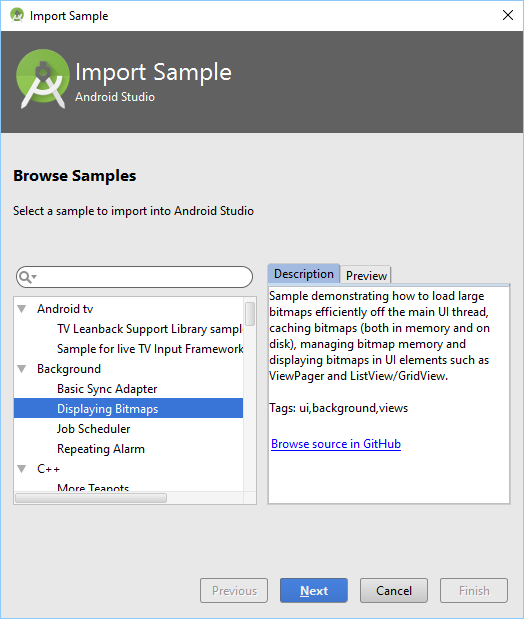Wifi Direct Demo Sample
Using WiFi Direct on your Windows 10 IoT Core device • • 3 minutes to read • Contributors • • • In this article WiFi Direct is supported on Windows 10 IoT Core devices through the use of a WiFi Direct enabled USB WiFi adapter. To make sure that WiFi Direct is enabled two things need to be true: • the hardware of the USB WiFi adapter needs to support WiFi Direct, • the corresponding driver of the USB WiFi adapter needs to support WiFi Direct. WiFi Direct provides a solution for WiFi device-to-device connectivity without the need for either a Wireless Access Point (wireless AP) to setup the connection. Take a look at the UWP APIs available in the to see what you can do with WiFiDirect. Supported Adapters A list of WiFi adapters that have been tested on Windows 10 IoT Core can be found on our page. Basic sample for WiFi Direct You can easily test the WiFi Direct functionality with the WiFi Direct UWP.
API samples for the Universal Windows Platform. Wi-Fi Direct services sample. Shows how to use the Wi-Fi Direct services API to publish and discover services over Wi-Fi Direct. This WiFiDirect App is sample application that show file transfer.This app could be useful for those developers who are newbie to wifi-Direct technology. In this app Bi-Directional data transfer has been accomplished.Core functionality has been taken from Android native WiFiDirect Demo application.https://github.com/anuj7sharma/WiFiDIrectDemo.
We will use the C# version and run the sample of two devices. Set up the two devices • MinnowBoardMax (MBM) running Windows 10 IoT Core (see instructions here), with a CanaKit WiFi dongle • Connect monitor, keyboard and mouse to the MBM • A Windows 10 PC running the latest Windows 10 Anniversary Update. The PC (or laptop) will need to have WiFi Direct support (e.g. A Microsoft Surface) • Install Visual Studio 2017 on your Windows 10 PC • Clone or download the WiFi Direct UWP (root of the GitHub repo is ).
Im testing the new technology wifi direct and im having some issues using the wifi direct demo from the samples that come with the android-sdk. So, I have two devices A and B, both with android 4.0.3. Spy tools free download. First, from device A, I send a file to B.
Nothing wrong here, B receives the file. Then A disconnects from B. Now, from device B I try to send a file to A. But the device that receives the file is B, instead of A.

To fix, i need to turn off and on both devices. Also, sometimes when i click disconnect and try to connect again, connection fails and i have to disable and enable wifi direct.
Anyone else experiencing this? Is it because the new technology is not mature yet or maybe something wrong with my build/driver/etc or maybe this demoapp doesnt support two-way sharing.
Any ideas and/or explanations would be apreciated. When providing a WifiP2pConfig instance to the connect() function, you can set the groupOwnerIntent property of this configuration object as follows: WifiP2pConfig config = new WifiP2pConfig(); config.deviceAddress = '.' ; // insert ip here config.groupOwnerIntent = 0; config.wps.setup = WpsInfo.PBC; manager.connect(., config.); From the: This (the groupOwnerIntent) is an integer value between 0 and 15 where 0 indicates the least inclination to be a group owner and 15 indicates the highest inclination to be a group owner. Furthermore, the demo probably repeatedly sends the file to the same device because there is always made a socket connection to the ip-address obtained from: WifiP2pInfo.groupOwnerAddress If you would like to support bidirectional communication, the first step in setting this up would be sending the ip-address of the non group owner to the group owner.
As far as the disconnect/reconnect problem goes, I seem to have the same inconsistencies with Android 4.0.2 devices. I have been trying for a while to transfer files between two devices using wifi direct. I have use the Android SDK WifiDirectDemo as base. My experience: GO address is always the same (at least in Samsung Nexus), but this is not really a problem, because you can use this to know who is the server (or client).